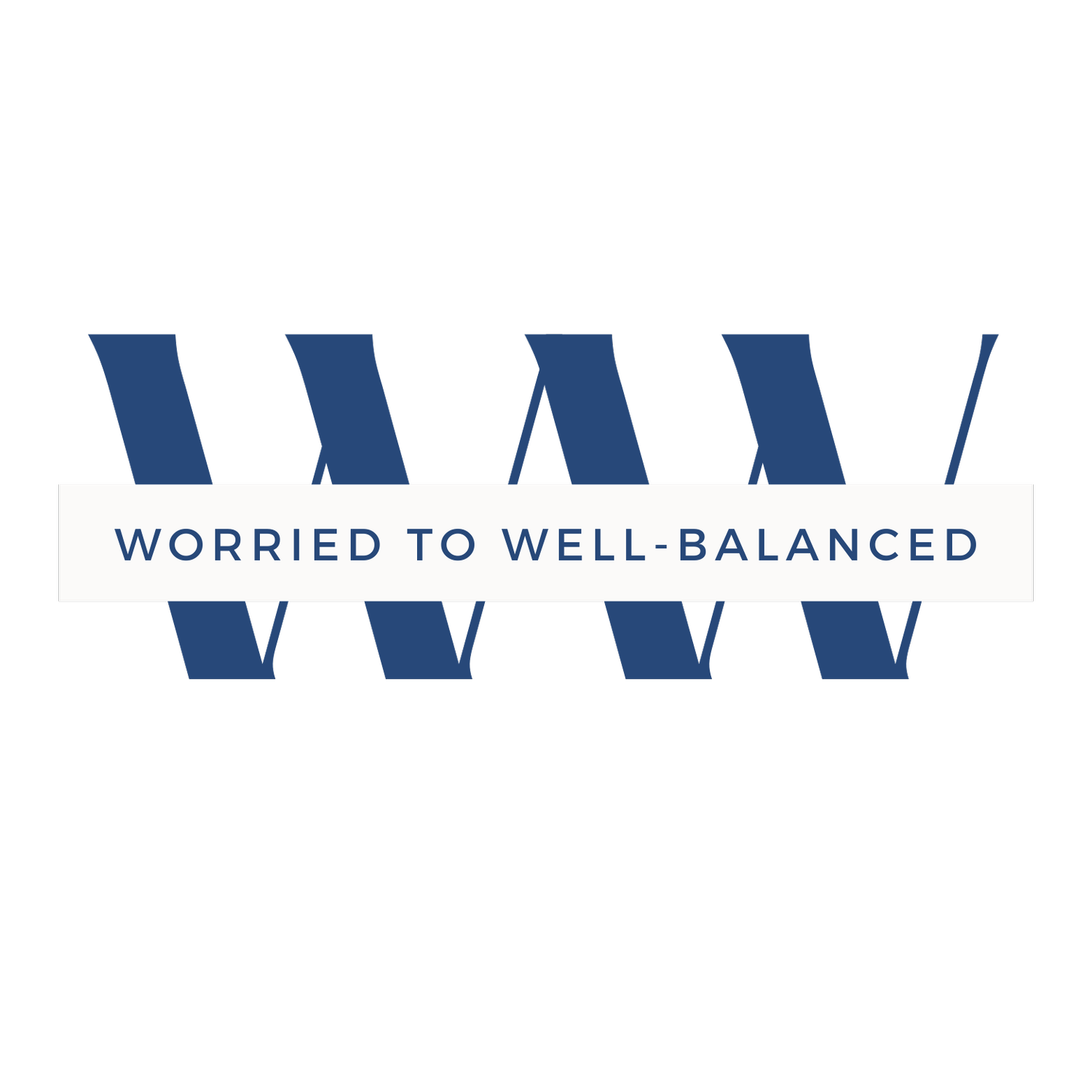Adjusting to your mindset to your work schedule after taking time off from work or from a vacation may seem impossible but it isn’t as hard as you think.
We have all been there. We are on vacation, enjoying the sun, the sand, and the water. And then it happens: we realize that we have to return to work in the near future. The feelings of panic and dread start to creep in, and our mind starts to race with thoughts of how much we will be missing when we are away.
But what if we told you that there is an easy way to shift your mindset back into work mode with ease? Here are simple tips to help make the transition back to work easier after taking time off or from your vacation:
Adjusting back to your work schedule:
Create a morning routine that includes things you enjoy doing, such as reading your favorite book or writing in your favorite journal.
Day by day, let your morning routine evolve to include things that you enjoy doing. These tasks can give you a sense of accomplishment and they also help to regulate your mood, thoughts, and emotions. For many people, morning routines consist of waking up at the same time every day, eating breakfast together as a family, reading, exercising, or getting ready for work.
Shifting your vacation mindset to a working mindset:
Get up early to set the right tone for the day.
Getting up early has many benefits. It can help you set the right tone for the day. It can also help you be more productive, lead to more success, and make you feel better overall. Plus, it is much easier to get things done when there are fewer distractions and it's still quiet outside.
Planning your schedule ahead of time:
Set yourself up for success before you leave.
Prepare to make your return easier to work after your vacation. Clean your desk, draft your away email message, sign off to colleagues, and complete all important work-related tasks to make the transition back to work less stressful. My tip is to prepare two days prior to your time off or vacation and then let it go.
Easing into your daily routine:
Get back into the swing of your schedule gradually.
Check email or listen to your voicemail for no more than 30 minutes one to two days before going back to the office. Doing some work ahead of time can help mange your return to work blues or feeling overwhelmed.
What not to do:
Do not spend hours going cleaning up your inbox. Just do enough to where it helps you feel prepared and eases you back into work life.
Spending time with others outside of work:
Schedule coffee breaks or lunches with colleagues or after work dinners or happy hours with friends.
Coffee breaks and lunches are great ways to relieve stress. They provide a chance to take a break from the computer, have some food, and talk with colleagues.
Coffee breaks and lunches can also be used as an opportunity for you to share your ideas or discuss projects. The benefits of these meetings are that they give you time to relax, which is important for your creativity.
Making your schedule more bearable:
Run small errands after you return from your time off.
The idea of doing small errands after returning from your time off is a great way to not feel overwhelmed when you come back from vacation or a break. By doing small tasks every day that take fewer than 10 minutes, you are able to get back into work mode and get things done quickly.
Feeling rested and relaxed:
You've just come back from a long vacation.
You're refreshed, ready to take on the world! But it's also important to take care of your physical and mental health.
It's so easy to get caught up with all the things that need to be done and neglect your personal health. You need to take time for yourself, even if it's just a couple minutes a day. Make time for exercise, sleep, and healthy food choices. All these things can help you feel more energized and give you the motivation you need to keep going.
Scheduling your workday:
If you can, structure your work schedule according to your preferences to help you get back into the swing of things.
Whether you prefer a lighter schedule on your first day or a packed one full of meetings, if you have control over your schedule, think about how you want your re-entry to look. Planning your day according to your preferences will help make adjusting back to work easier. It will help you stay focused and productive throughout the day.
Getting on your pre-vacation sleep schedule:
Return to your usual bedtime routine at least two days before you return to work.
It can be hard to get back to a regular sleep schedule after a vacation or break. If you usually go to bed at 10pm, but on vacation are staying up until 1am, you don't want to set yourself up for feeling extra tired on your first day back. Getting good quality sleep will help you not only feel more rested upon your return, but it helps regulate your mood. Better sleep means better mood!
Spending time how you want:
Make your last day before you return to work a fun one.
Spend the last day of your vacation or time off however you want and with whomever you want. Relax and don't leave the house. Go out for one last meal with friends or cook at home. Spend time with family, read a book, binge watching Netflix, or enjoy some quiet time. The point is to plan your last day to be restorative, so you feel re-energized and refreshed when you return to work.
Knowing it’s fine to feel a little anxiety:
It's okay if you are feeling nervous or stressed about returning to work.
Vacation or time off blues do exist. To help transition back into the workplace, consider giving yourself a break before returning to work by joining in on a project that is lower stakes than your typical work-related tasks. But do your best to plan to make your transition back to work go as smoothly as possible.
Exercising to cultivate a positive mindset and feel good physically:
Take a walk before starting your day so that you can clear your head and start it feeling refreshed.
A walk before starting your day can be the perfect way to clear your head and start it feeling relaxed and rested. This is because it gives you a chance to take a break from your hectic life and focus on yourself. When you walk, you can also think about what is important in life and how to live it in a better way. Taking a break from your busy life is not only healthy for your mental health but also for your physical health.
It is also important to ensure that you return from vacation with a clear inbox. If you return to an overflowing inbox, you will quickly become overwhelmed. This can lead to important messages being missed and tasks not being completed. Additionally, it will take a significant amount of time to get back on track, which can take away valuable time from your day.
Taking breaks to reset your motivation and productivity:
Set an alarm on your phone for every hour to remind yourself that it is time to take a break.
The best way to avoid feeling burnt out or exhausted after a vacation is to set an alarm on your phone for every hour. This will help you know that it is time to take a break and stop working. This will also help you from getting distracted by your phone and losing focus on whatever tasks you’re working on at the time.
Focusing on old tasks first: Don't start anything new until you've dealt with all the older tasks.
Work-related tasks may seem as if they are ever-growing, so it's easy to feel overwhelmed when you try to tackle everything on your to-do list. So, instead of starting something new, you may want to look over all the old tasks and prioritize your next steps. Sometimes, tackling the last few items on your to-do list will free up time and energy to work on something new!
Experimenting with various productivity techniques and time management strategies:
How to pick the right one for your mindset and work style.
There are many ways to increase your productivity. One of the most common ones is to try and get into a routine. It doesn't matter what routine you choose as long as it suits your needs. The key is to keep at it and not let yourself get distracted.
Here is a list of some of the most popular time management and productivity techniques that work for different personalities. Pick one that aligns with your mindset and work style.
· The Pomodoro Technique: This technique splits up work into intervals with breaks in between them. The idea behind it is that frequent breaks can improve mental agility and reduce stress and overwhelm. Take a five-minute break after every 25 minutes of work to improve your focus.
· The Eisenhower Box: This technique is used to prioritize tasks and organize them into four quadrants based on urgency and importance. There are four quadrants in the box: Urgent and Important Tasks, Important but not Urgent Tasks, Not Important or Urgent Tasks, and finally Unimportant but Urgent Tasks.
· The Seinfeld Method: This method is based on the idea that most tasks require very little time to complete, but people often spend too much time on them. Through this technique, people identify tasks that can be done in less than two minutes and then do them immediately. This minimizes the amount of time spent on these tasks and frees up more time for other activities.
· The Kanban Box: This is a card-based visual system to manage workflow and tasks. Kanban boards are usually made up of three columns: To do (In Progress), Doing (Work In Progress) and Done (Completed). The board can be divided into four quadrants: Backlog (items waiting to be done), Current Workload (items being done now), Completed Workload and Future Workload.
· The List Method: This method is where you make a list of what needs to be done in order from easiest to hardest task. The method also is an easy way to stop procrastinating. Sometimes, it's helpful to focus on what needs to be done rather than why you're not doing it.
· The Time Blocking Method: This is a technique that can help you to manage your time more efficiently. Some people use time blocking to schedule their work. For example, they might decide to spend three hours on a project each day and then move on to something else. Others might use it as an opportunity to set aside specific times for certain tasks, such as exercising or catching up with friends.
· The “Don’t Break the Chain” Technique: The “Don’t Break the Chain” technique is an easy tool to help reach your goals. It is a way of tracking your progress with small, manageable tasks in order to create a habit. The goal is to avoid breaking the chain of consecutive days that you complete your desired task. This can be anything from going for a walk every day, drinking water every day, or writing one page of a book.
· The “Inbox Zero” Technique: This technique involves organizing your email inbox so that it contains only things that need action or attention in some way.
· The GTD (Get Things Done) Technique: This technique requires you to create an inventory of everything that you need to do. You should then organize your list into three categories:
o Projects – activities with a specific goal or outcome that can be tracked
o Actions – tasks to do to reach the goal or complete the project
o Someday/Maybe – activities that are not time sensitive but are worth considering at some point
Final thoughts
As you get ready to head back to work after a vacation, it can be hard to shift your mindset. So. it is important that you have a plan in place for how to do this so that you can be productive and avoid procrastinating.




